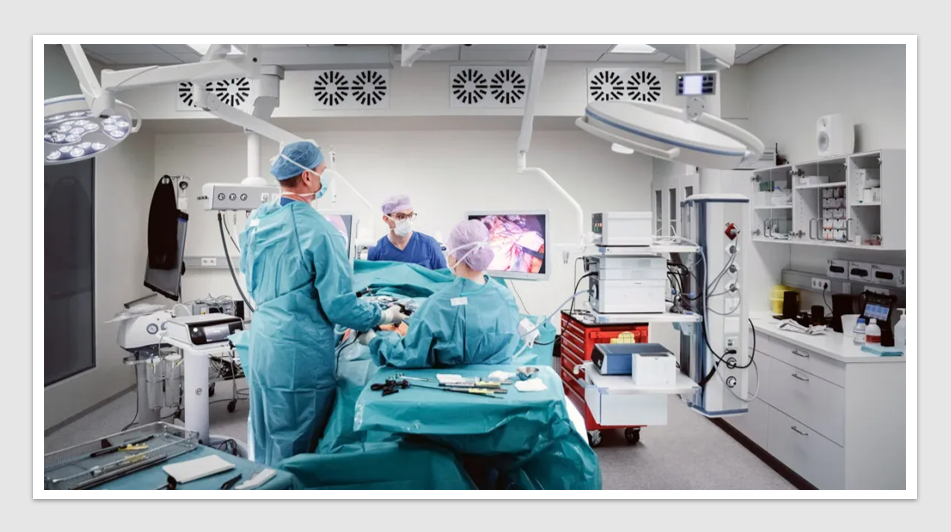News & Trends - Biotechnology
Race to develop coronavirus vaccine

The University of Queensland has been asked to develop a vaccine for the recent coronavirus outbreak at unprecedented speed, using new technology.
The Coalition for Epidemic Preparedness Innovations (CEPI) has requested the University use its recently developed rapid response technology to develop a new vaccine, which could be available worldwide in as little as six months.
UQ Vice-Chancellor and President Professor Peter Høj AC said the fluidity of the current outbreak represented a significant challenge to the international community.
“There is a lot that is still unknown regarding how easily the virus is able to be transmitted between humans,” he said.
“Working with CEPI, The University of Queensland is using its vaccine technology to respond to this global health challenge.”
Suppliers & Service Providers: Enhance business visibility, differentiate your brand and maximise your reach. Health Industry Hub is the only one-stop-hub connecting your business to Australia’s Pharma, MedTech, and Biotech industry professionals. Get started with our unique digital media solutions.
Head of University’s School of Chemistry and Molecular Biosciences, Professor Paul Young said The University of Queensland had novel technology for the rapid generation of new vaccines from the knowledge of a virus’s genetic sequence information.
“The team hopes to develop a vaccine over the next six months, which may be used to help contain this outbreak,” he said.
“The vaccine would be distributed to first responders, helping to contain the virus from spreading around the world.”
Dr Keith Chappell, from UQ’s School of Chemistry and Molecular Biosciences and the Australian Institute for Bioengineering and Nanotechnology said the key to the speedy development of this potential vaccine was the ‘molecular clamp’ technology, invented by UQ scientists and patented by UniQuest.
“The University of Queensland’s molecular clamp technology provides stability to the viral protein that is the primary target for our immune defence,” he said.
“The technology has been designed as a platform approach to generate vaccines against a range of human and animal viruses and has shown promising results in the laboratory targeting viruses such as influenza, Ebola, Nipah and MERS coronavirus.”
Register FREE to receive the latest news, innovations and insights from Health Industry Hub; the only one-stop-hub connecting Australia’s Pharma, MedTech and Biotech industry professionals and its key stakeholders.
News & Trends - MedTech & Diagnostics

Bariatric surgery trumps Novo Nordisk’s Wegovy in cost-effectiveness and durability
MedTech & Diagnostics News: Bariatric surgery emerges as cost-effective, boasting superior and enduring weight loss outcomes over a five-year span […]
MoreNews & Trends - Pharmaceuticals

Aussie digital health company hits new milestone in AstraZeneca partnership
Pharma News: Fewer than 50% of asthma patients adhere to their prescribed preventative medications. An Australian digital health company has […]
MoreDigital & Innovation

Medical drone to reduce health equity gaps in rural and remote Australia
A specialised medical drone which increases accessibility to essential health services such as pathology, medicines, and telehealth services in rural […]
More